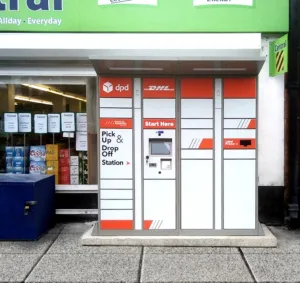By Dave Katz, Co-Founder at Intuizi
Marketers develop superpowers for Customer Journey insights
If you consider yourself to be a ‘data-driven’ professional, or at the very least if you are expected to be one, whatever your sector, it generally means you’ll be using data, analytics, and visualization to make a business case, project a strategy’s likely effectiveness, or uncover potentially hidden insights about, say, a customer base and its behaviour.
But while of course we all now live in the digital, mobile world of the 2020s, Marketers and Advertisers typically do not have a mathematical, computer science or statistical background. It can therefore be understandably daunting to dip one’s toes in the world of analytics and data-driven insights. Where do you begin? What happens when things get complicated? How do you transform data insights into actionable strategies?
Welcome to the world of creating data-driven insights without having to be a Data Scientist. Data feeds, analytics and visualization have become part of business decision-making. Of particular interest to Marketers are ‘alternative data’ sources, such as geolocation data platforms that are designed to help organizations of many other types, not just businesses, to make better strategic decisions, without needing to be a data expert, statistician, or technology expert.
Let’s be clear – all the data crunching and refining and gathering happens within a framework of privacy and anonymity. Consumer awareness and consent are key. The simplest reason for this is that, to obtain something meaningful from our analysis, we need to understand behaviours en masse rather than focusing on the individual. We are also able to create ‘synthetic’ data sets, an incredibly powerful technique that enables studies to be carried out without using the data of real individuals.
Focusing on Geo-location data, it is gathered via signals generated by mobile devices and other IP endpoints over a period of time. This enables analysts – and yes, that includes you – to view real-world mobility in relation to predefined Points of Interest – these could be subway stations nearest your retail branches, grocery stores or banks across a metropolitan area, the locations of your competitors, and so on, depending on what sector you operate in and what kinds of insight might be strategically useful. The data that represents all this information is made available directly to you or can be integrated with other platforms to uncover even more potentially useful data-driven insights.
Ideally, the next step is for your key stakeholders to make common sense of the data, to ease integration into commercial or other strategy-feeding models and to derive valuable insight and actionable strategies based on fact, not speculation.
For example, you would fairly easily be able to find out where a given retailer’s potential customers were literally walking past their doors on their way to a rival outlet, and then create targeted advertising campaigns where Ad spend is directed with unprecedented precision towards the desired audience. What’s more, it should then be possible to assess the effectiveness of the campaign, to attribute results and to improve the effectiveness of various creative approaches in a primarily data-driven and empirical manner.
Such technologies can help your organization to be more precise and fact-based in regard to its Marketing and Advertising outreach, without the need for you to go back to school or to employ a PhD. This series of pieces is intended to tell simple stories about how today’s Marketers and Strategists make better, more informed decisions around logistics, sales & marketing, and even competitor analysis







